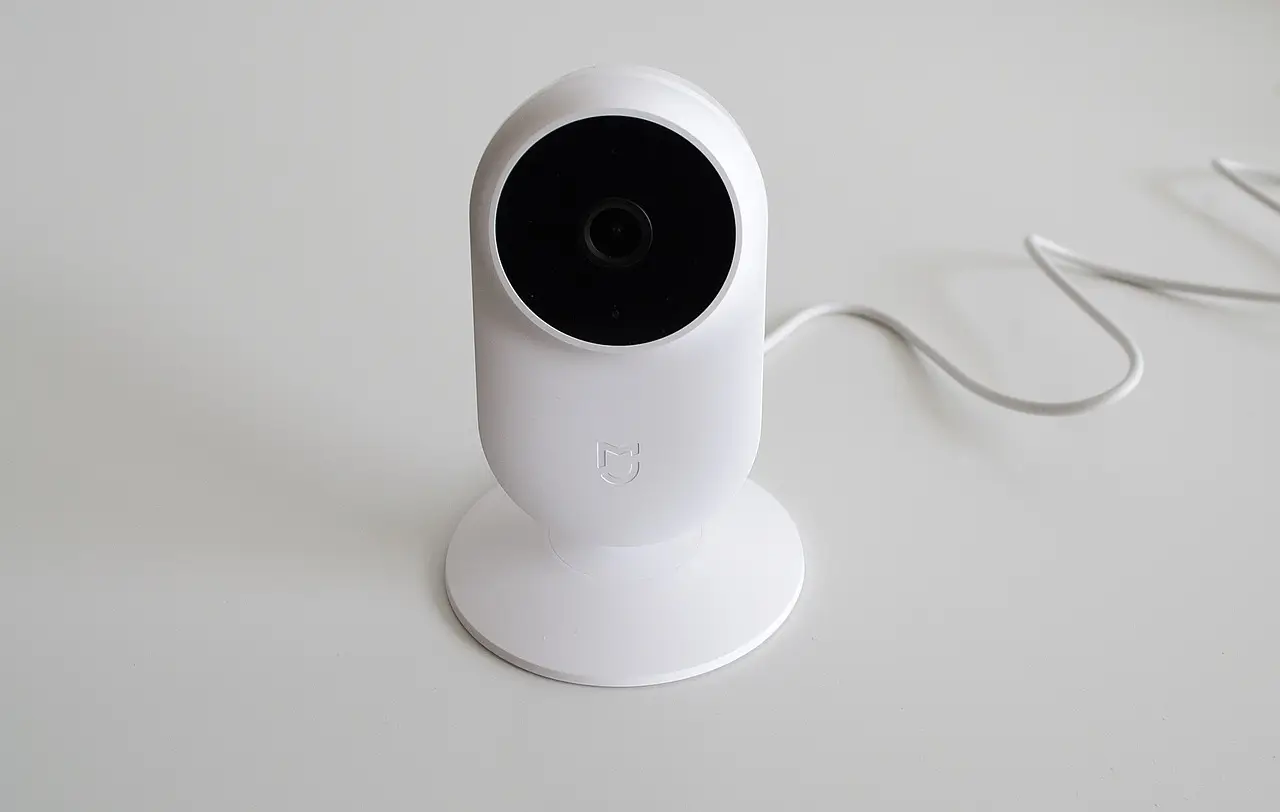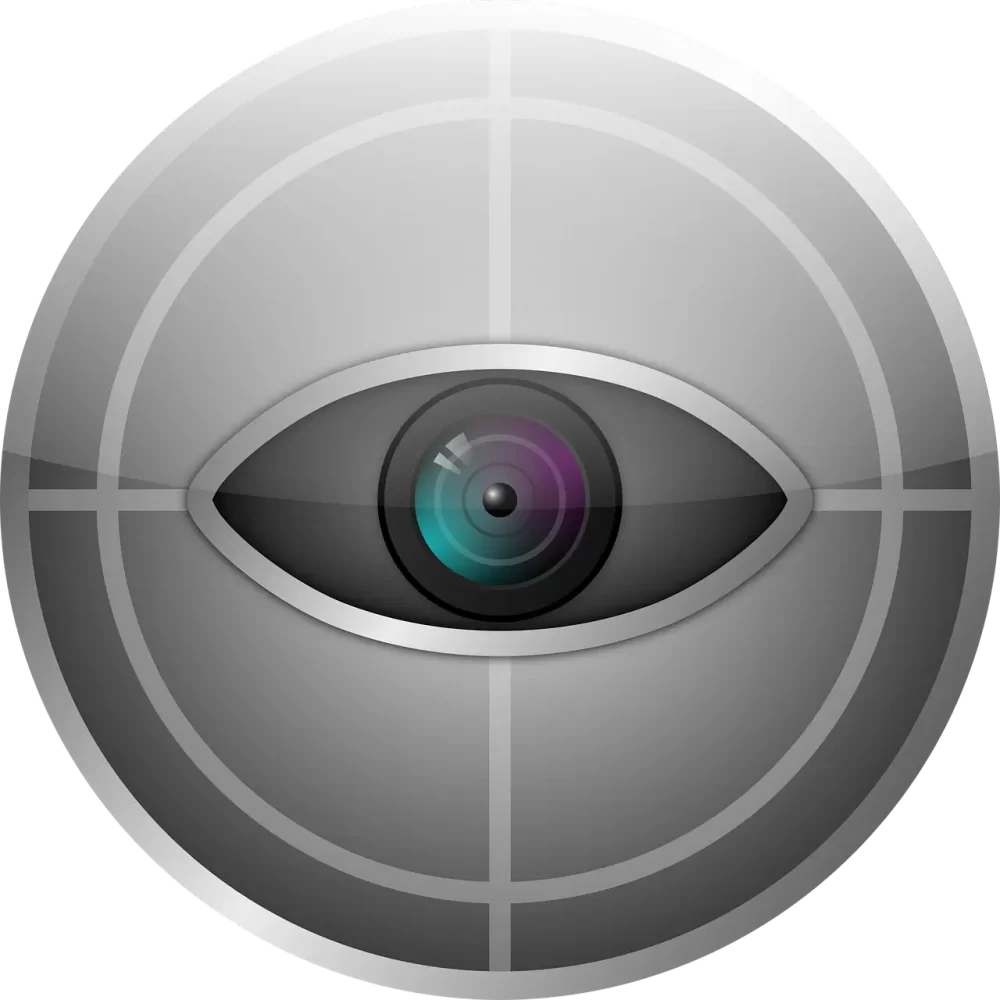What is CCTV? Different types, Features, and Cost of Installation
CCTV stands for Closed-Circuit Television, is an advanced system used for monitoring and recording activities in specific areas. It comes in different types, like analog and IP cameras, to suit different needs. Each type has special features, such as clear video quality, night vision, and remote access.
The costs of installing CCTV can vary based on the system’s complexity, the number of cameras, and extra features like motion detection. It’s important for individuals and businesses to understand the various types, features, and costs of CCTV systems to find the right security solution that is effective and dependable.
WHY choose Home CCTV Systems?
Opting for a home CCTV system adds an extra layer of protection for your property and family.
It offers remote monitoring options and provides valuable evidence in case of any incidents.
With technological advancements, home CCTV systems have become more affordable, user-friendly, and feature-rich, making them a popular choice for homeowners seeking to bolster their home security.

Types of Home Security Cameras
Security cameras can be categorized in different ways:
- Location-based: Based on where you place them in your home or business.
- Power-based: How they get their power, such as being plugged in or using batteries.
- Connectivity-based: Whether they need Wi-Fi or cellular signals to work.
- Recording-based: Whether they store footage locally or in the cloud.
- Shape-based: It may depend on the different shapes of security cameras.
Location based
There are three types of security cameras: outdoor cameras, indoor cameras, and doorbell cameras, based on location.
Outdoor cameras: These cameras are designed to be placed outside and can monitor areas such as front and back yards. They come with weather-resistant cases to withstand various weather conditions like rain, snow, and dust. Outdoor cameras are usually wireless and powered by batteries, allowing for flexible installation options. They often connect to Wi-Fi for remote access and monitoring. The cost of outdoor cameras typically ranges around $200.
Indoor cameras: These cameras are intended for use inside your home and should be placed on the ground level, covering accessible areas like front hallways or living rooms. It is important to avoid placing them in private areas like bathrooms or bedrooms. Indoor cameras are often plug-in devices and require a Wi-Fi or internet connection for remote access and alerts. The cost of indoor cameras typically ranges around $100.
Video doorbells: Also known as doorbell cameras, these cameras are specifically designed to monitor front doors. They can replace traditional doorbells or be installed alongside them. Video doorbells allow you to see and communicate with guests remotely through a mobile app or smart home device. When someone rings the doorbell, you receive alerts on your phone or smart display. They often require a Wi-Fi or internet connection for operation.

Power base
When choosing a camera, you need to decide how it will receive power: through a battery or a wall outlet. This choice is important and has pros and cons for each type.
- Wired Cameras: These cameras are usually used indoors and don’t require battery replacements, you either plug them into a wall outlet or connect them directly to your home’s electrical system. However, there are some downsides. Adding more wires to your smart home setup can be inconvenient. Also, if there’s a power outage or your Wi-Fi goes down, the camera may not be able to connect to your app.
- Wireless Cameras: They are easier to install compared to wired cameras, but you need to consider battery life. On average, a camera’s battery can last about a year before needing replacement or recharging. Some cameras have rechargeable batteries, while others require complete battery replacements. There are also outdoor cameras, like the Ring Spotlight Cam Solar, that come with solar panels. These cameras continuously charge from the sun, eliminating the need for battery changes.

Recording based
Let’s discuss how and where you want your cameras to save the recorded footage. There are different options available for recording.
- DVRs and NVRs: These serve as local recording options with a physical hard drive storing the recorded videos. The main technical difference lies in how they handle footage. DVRs receive raw footage from the cameras and then digitize it, while NVRs digitize the footage before storing it. This makes NVRs faster in processing and reduces data traffic. DVRs are commonly used with older camera models, while NVRs are employed with newer IP (Internet Protocol) cameras.
- Cloud Storage: It is another option where cameras that record to the cloud don’t require a physical hard drive in your home. Instead, they transmit the recorded videos to a cloud server through the internet. With cloud storage, you can access your recordings anytime as long as you have an internet connection. However, it’s important to note that cloud storage heavily relies on the internet, so if your Wi-Fi goes out, your cameras may experience delays in recording.
- Digital Video Recorders (DVR): Analog cameras usually make up DVR cameras, and they are not Wi-Fi connected. These cameras are commonly integrated into wired security systems, with the camera linking to a hard drive through a coaxial cable.
- Network Video Recorders (NVR): NVR cameras are primarily Wi-Fi-connected and are also known as IP cameras. They can operate as either wired or wireless devices. In the case of wired connection, they typically use Ethernet cables instead of coaxial cables.
- Cloud Recording: Cloud recording involves storing footage off-site in a cloud server managed by the camera manufacturer or a third-party service. Some older IP cameras can utilize your personal cloud storage, such as Google Drive or OneDrive. The advantage of cloud storage lies in the ability to access your footage from anywhere with an internet connection. Additionally, even if your camera becomes damaged, you can still retrieve the recordings.
Connectivity based
Not everyone has access to the internet, and that’s okay. There are security cameras available that can work even without Wi-Fi.
- Wi-Fi-Connected Cameras (Digital or IP Camera): Nowadays, most security cameras connect to Wi-Fi actively. They have a dedicated app that allows users to live-stream footage, receive notifications when motion or a person is detected, and control the camera remotely. With a Wi-Fi-connected camera, you can monitor your home from anywhere in the world as long as you have an internet connection. For comprehensive monitoring, we recommend you get a smart security camera actively connected to the internet.
- Cameras That Don’t Require Wi-Fi (Analog): If you don’t have Wi-Fi, there are still options available. Some cameras actively record directly onto a micro-SD card or a hard drive. While you won’t be able to livestream footage, you can actively review what happened by downloading the stored recordings onto a device like a computer. Reolink is a company actively known for its security cameras that don’t need Wi-Fi.

Shape based
When choosing a camera, you can also consider its shape, as different shapes work better in different spaces.
- Bullet: Wireless bullet cameras are great for securing corners of rooms, providing good coverage in those areas.
- Dome: Installing dome cameras can be a bit challenging compared to bullet cameras, but they have their advantages. Placed on ceilings, they are difficult to steal and offer a wider field of view than regular cameras due to their spherical design.
- Box: Box cameras, shaped like a box, were more popular in the late 1800s and early 1900s but are not commonly used in smart home security systems today.
- Hidden: Hidden cameras are designed to resemble other objects or be small enough to go unnoticed. However, visible cameras are recommended as they can deter burglars.
- Turret or Eyeball: Turret cameras, similar to dome cameras, offer more flexibility in positioning. They can be set up at various angles for a theft-resistant setup.

Key features of Home CCTV Systems
Certain key features of cameras that enhance your home security by DB’s Alarm company are Connectivity, Power, Durability, Video quality, zoom view, Geofencing, night vision, audio, storage, and recording.
Connectivity: Check if the camera requires Wi-Fi and if it is compatible with your Wi-Fi network. Ensure that the camera supports your specific network frequencies, as some cameras are limited to certain frequencies.
Power: Determine whether the camera is connected to an outlet or operates wirelessly. In the case of wireless cameras, assess the battery life and whether the battery is rechargeable or replaceable. For outdoor cameras, investigate if there is an option for a solar panel. If the camera is plugged in, consider the length of the power cord and whether it requires a weatherproof plug for outdoor use.
Durability: If you intend to use the camera outdoors, verify its ability to withstand the temperature range in your area. Additionally, check the IP rating, which indicates the camera’s protection against solids (such as dust) and liquids (like water). Higher ratings signify better protection.
Video quality: Look for cameras that offer high-definition video, such as 1080p, 2K, or 4K. Higher resolution results in clearer and more detailed footage.
Zoom view: Evaluate whether the camera can zoom in on objects or if it provides a wide field of view to capture a larger area.
Night vision: Verify if the camera can see in the dark. Some cameras utilize infrared sensors to produce black-and-white footage, while others feature color night vision with a bright white spotlight.
Audio: Seek cameras with built-in speakers and microphones that enable you to hear and speak through the camera using a mobile app. Users refer to this as two-way audio.
Storage and recording: Determine how the camera stores recorded footage. It may store locally on a micro-SD card or external hard drive or in the cloud on a remote server. Having both options is ideal for backup.
Smart home integrations: If you utilize voice assistants like Alexa or Google Assistant, opt for cameras that can collaborate with these platforms. This enables you to control the camera using voice commands.
Artificial intelligence: Some cameras feature smart capabilities that can recognize and differentiate between people and other objects. They may also include facial recognition or pet detection capabilities.
Shared access: Verify if the camera’s app enables you to add multiple users who can access and control the camera. This is useful if you wish to grant access to family members or friends.
Geofencing: Geofencing is a feature that automatically arms or disarms the camera based on your phone’s location. It can help automate security settings when you leave or return home.
Home CCTV System cost
The price of a home CCTV installation system can vary. It depends on a few factors:
- Quality of Parts: This refers to how good the cameras and other equipment are. If the components are of higher quality, the system will likely have a higher cost.
- Number of Cameras Needed: The cost will increase if you require more cameras to cover all the areas you want to monitor because you have to purchase each camera separately.
- Type of System Chosen: The cost varies based on the type of CCTV system selected, ranging from basic systems to more advanced ones with additional features. Typically, the more advanced systems tend to have a higher cost.
- Size of the Area to Cover: If you have a large area that requires camera coverage, you might need more cameras, leading to a higher overall cost. A basic home CCTV system usually starts at around £300. However, keep in mind that the final price can be higher depending on your specific needs and preferences.
FAQs
What Does a Home CCTV System Do?
A home CCTV system is designed to monitor and safeguard your property by utilizing strategically placed cameras both indoors and outdoors. These cameras record activity, providing a valuable security measure for homeowners.
How Do Home CCTV Systems Enhance Security?
Home CCTV systems bolster security by serving as a visible deterrent to potential intruders. Additionally, they offer remote monitoring options, provide crucial evidence in the event of incidents, and contribute to lowering the risk of break-ins or other criminal activities.
Do Home CCTV Systems Require Ongoing Maintenance?
Home CCTV systems generally require minimal maintenance beyond routine check-ups and ensuring cameras remain clean and functional.
What are the Benefits of Home CCTV Systems?
Home CCTV systems deter criminals, provide evidence for investigations, offer remote monitoring capabilities, may lower insurance costs, and ultimately, provide peace of mind for homeowners.
How Much Does a Home CCTV System Cost?
The cost of a home CCTV system varies depending on factors such as the quality of components, the number of cameras needed, the chosen system type, and the area size to be covered. Basic systems typically start at around £300, with additional features potentially increasing the final price.
